Grinding Wheel Primer
Choosing the best wheel for your steel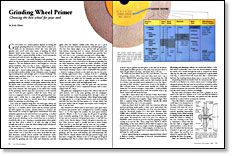
Synopsis: Jerry Glaser says good results on a bench grinder depend on having the proper grinding wheel for tool steel. You’ll also need a means of keeping the wheel dressed, or sharp, clean and round. He explains how different wheels are made and what their coding and characteristics are in order to help you choose a wheel for grinding woodworking tools. He discusses the bond type, the type of abrasive, grain size, structure and bond grade. He prefers a 60-grit wheel, and he likes a dense wheel because it lasts. He explains how to mount and dress a wheel and why it’s important to follow directions about not grinding on the side of the wheel.
Good results on a bench grinder depend on having the proper grinding wheel for tool steel, which is almost certainly not the all-purpose wheel that came with your grinder. Also, you’ll need some means of keeping the wheel dressed, which means sharp, clean and round. Without both of these, you’ll have to grind painfully slowly to avoid burning the tool and you’ll still not have the edge you want.
About 25 years ago, I was really frustrated with grinding. The wheel on my power grinder seemed as likely to burn the steel as sharpen it. The wet sandstone wheel I had bought as a cure was almost worthless. Then one day at work I happened to notice that the guys in the tool room were grinding with white wheels, not gray, and I started asking questions. (The company I work for uses half-a-million dollars worth of abrasives a year, for grinding everything from turbocharger parts to bronze bushings. The wheels range anywhere from 3 in. on up to monsters 30 in. in diameter and 6 in. wide.)
Notice the chart on the facing page. All American-made grinding wheels are marked, on the paper washer at the side of the wheel, with a series of letters and numbers that tell you the wheel’s characteristics. This code covers the type and coarseness of the abrasive (the hard grains in the wheel that actually do the grinding) and the type and concentration of the material used to hold the grit together, called the bond. There isn’t room in a magazine article to cover all the grinding wheel variations (and I admit that in some places I’ll be simplifying things), but here’s what you should know about choosing a wheel for grinding woodworking tools.
Let’s cover the simplest thing first, the bond type, which can be V, S, R, B, E, or O. For our purposes, you can forget any bond type but V, or vitrified, which means that the abrasive particles are held together by ceramic material fused in a furnace—the other bonds are mostly for high-speed cutoff wheels and other industrial applications far removed from tool grinding.
From Fine Woodworking #61
For the full article, download the PDF below:
Fine Woodworking Recommended Products
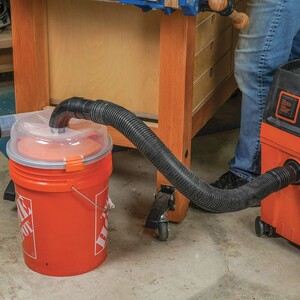
Dustopper Pro

Dividers

Tite-Mark Marking Gauge


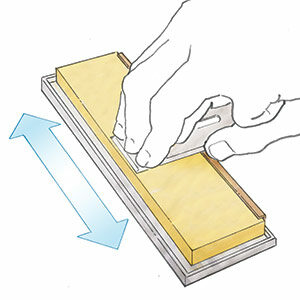
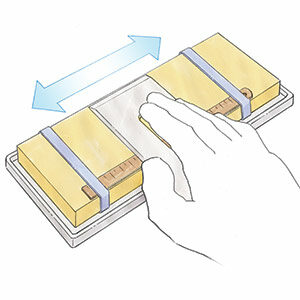
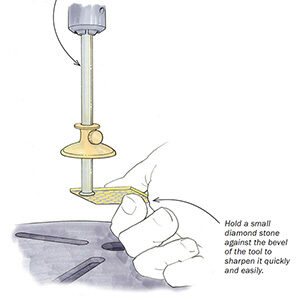
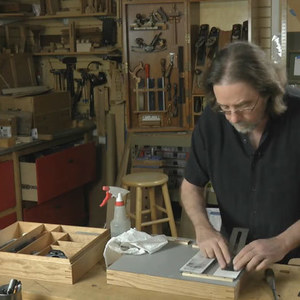















Log in or create an account to post a comment.
Sign up Log in